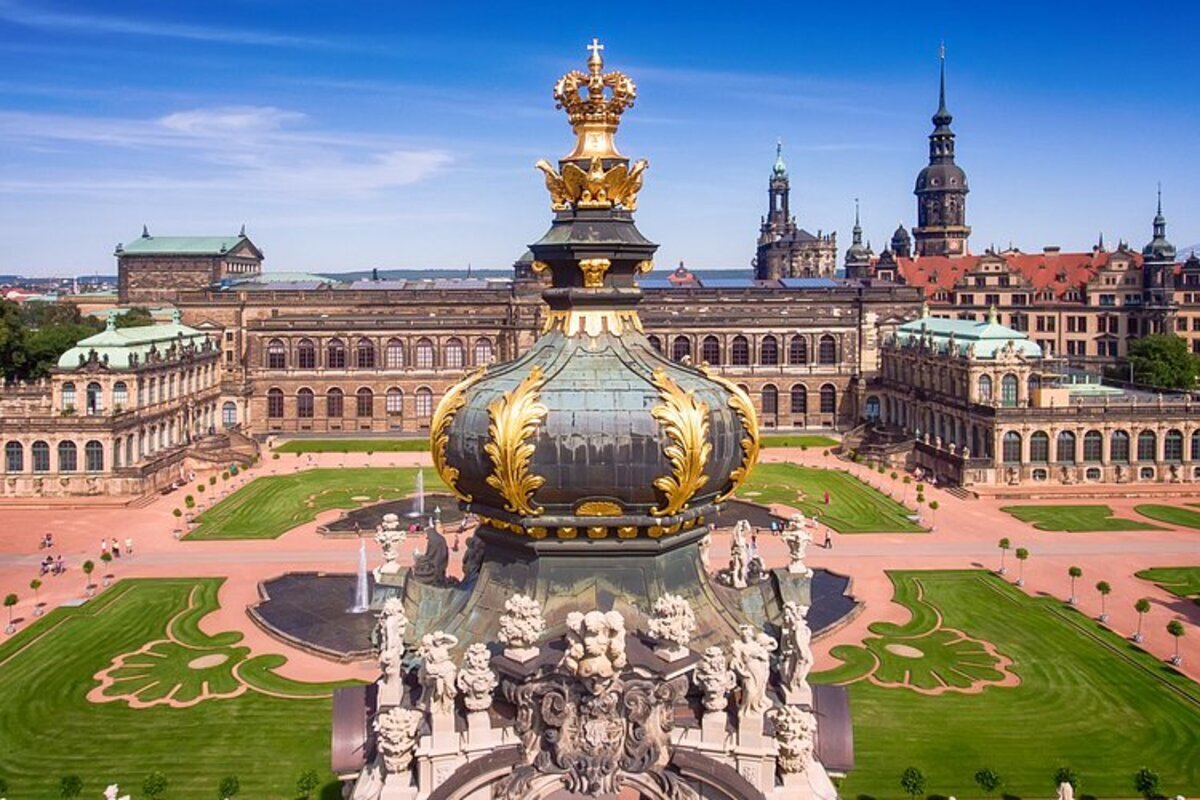Dresden is one of the most remarkable cities in Europe, known for its majestic architecture, dramatic history, and rich cultural heritage. Located on the banks of the Elbe River, it is the capital of Saxony and has drawn the attention of travelers, artists, and scholars for centuries. Often referred to as the Florence on the Elbe, the city offers countless treasures of baroque art and architecture. But behind the grandeur of its facades lie many surprising stories and lesser-known facts. Below you will find fascinating and educational facts about Dresden that you may not have known before.
- The name Dresden originates from an Old Sorbian word meaning a forested or marshy place. The city began as a Slavic settlement before becoming part of the German territories. This highlights Dresden’s multicultural and multiethnic roots.
- The first documented mention of Dresden dates back to the year 1206. Over time, it developed into an important trade, political, and cultural center in Saxony. In the eighteenth century, it reached the peak of its architectural splendor.
- During the reign of Augustus the Strong in the eighteenth century, Dresden became one of the most luxurious cities in Europe. His passion for art and architecture led to the creation of magnificent baroque buildings. It was during this period that landmarks like the Zwinger and the Semper Opera House were built.
- In February 1945, near the end of World War II, Dresden was heavily bombed by Allied forces. The air raids killed tens of thousands of people and nearly obliterated the historic city center. This tragedy remains one of the most well-known examples of wartime destruction.
- Despite the devastation, Dresden was meticulously rebuilt. A prime example of its reconstruction is the Church of Our Lady (Frauenkirche), which was completely destroyed in 1945 and rebuilt in the early twenty-first century. The church has become a symbol of reconciliation and remembrance.
- The city is home to the renowned Old Masters Picture Gallery, which houses works by Raphael, Rembrandt, Titian, and many others. The most famous painting in the collection is Raphael’s “Sistine Madonna” featuring the iconic cherubs. The gallery is considered one of the top art museums in Europe.
- Dresden also boasts one of the world’s oldest treasure collections, the Green Vault (Grünes Gewölbe). It features exquisite jewels once owned by the Saxon electors, including emeralds, sapphires, and diamonds. Many of these pieces are unique and have no equivalents elsewhere.
- Dresden is a major center of science and research, hosting one of Germany’s top technical universities. The Technical University of Dresden is part of the prestigious Excellence Initiative. It attracts students from around the world.
- The Elbe River flows through the city and plays a vital role in its landscape and development. Green parks, promenades, and bike paths line the riverbanks. Strolling along the Elbe is a favorite activity for both residents and visitors.
- In the eighteenth and nineteenth centuries, Dresden was the capital of the Kingdom of Saxony. Royal palaces and aristocratic residences were located throughout the city. Dresden held significant political and diplomatic importance during this time.
- The Semper Opera House is considered one of the most beautiful opera houses in Europe. It has been destroyed and rebuilt several times, most recently after World War II. Today it hosts world-renowned opera and ballet performances.
- The city is home to over 40 museums, including the Transport Museum, the Hygiene Museum, and the Museum of Saxon History. Dresden offers a wide array of knowledge and experiences for curious minds. Many museums feature interactive exhibitions.
- Each year, Dresden hosts one of the oldest Christmas markets in Europe, the Striezelmarkt. The first record of it dates back to 1434. Visitors can enjoy the traditional Dresdner Stollen, a festive cake made with spices and dried fruits.
- The city’s architecture blends historical grandeur with modern design. Alongside restored baroque palaces, futuristic buildings such as the Transport Museum have been constructed. This creates a dialogue between the past and the present.
- Dresden is one of the greenest cities in Germany. Approximately 63 percent of its area consists of parks, forests, and natural spaces. The city actively promotes environmental sustainability.
- Many films and television series are shot in Dresden, particularly historical dramas. Its old town often serves as a backdrop for productions set in the baroque period. The city attracts not only tourists but also filmmakers.
- The Neustadt district is known for its vibrant alternative culture scene. It serves as a hub for independent art, music, and street creativity. Visitors will find galleries, art spaces, and live music venues throughout the area.
- Dresden has an extensive tram network that connects the city center with surrounding districts. Many tram lines cross bridges offering scenic views of the Elbe River. Public transport in the city is known for being efficient and convenient.
- The city hosts numerous music festivals, including the prestigious Dresdner Musikfestspiele, an international classical music festival. It brings together orchestras, soloists, and conductors from around the globe. Concerts are held in some of the city’s most beautiful halls.
These interesting facts about Dresden reveal just how multifaceted and historically significant this city truly is. It unites tragedy and triumph, tradition and innovation, and the past with a vibrant present. Dresden continues to amaze all who walk its streets. Its spirit, beauty, and depth leave no one indifferent.





